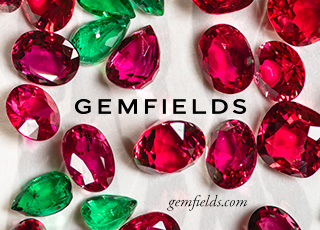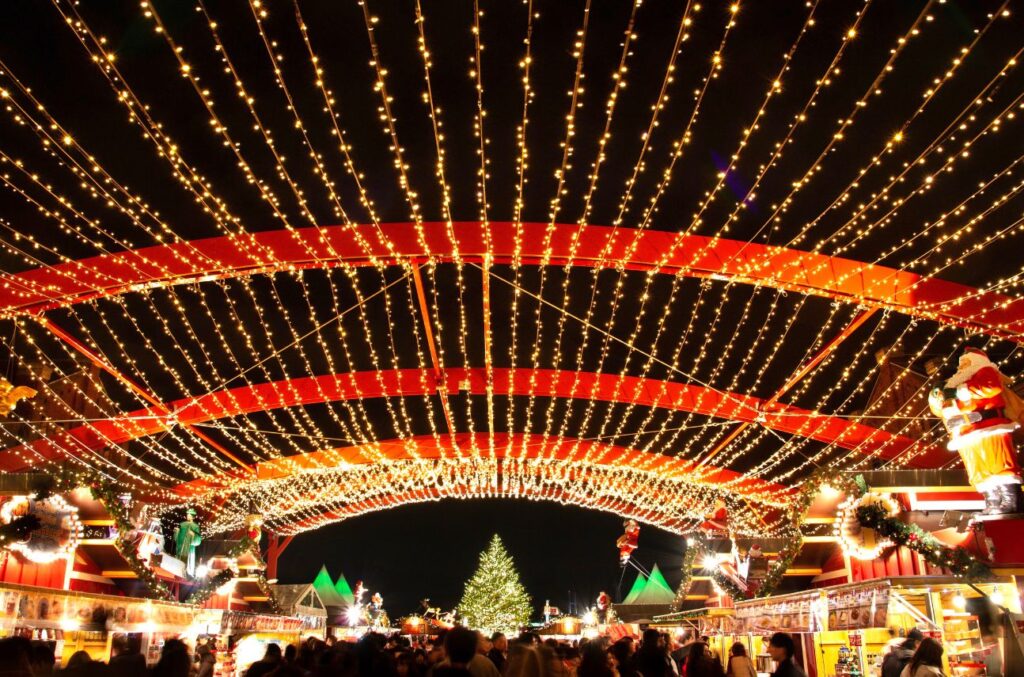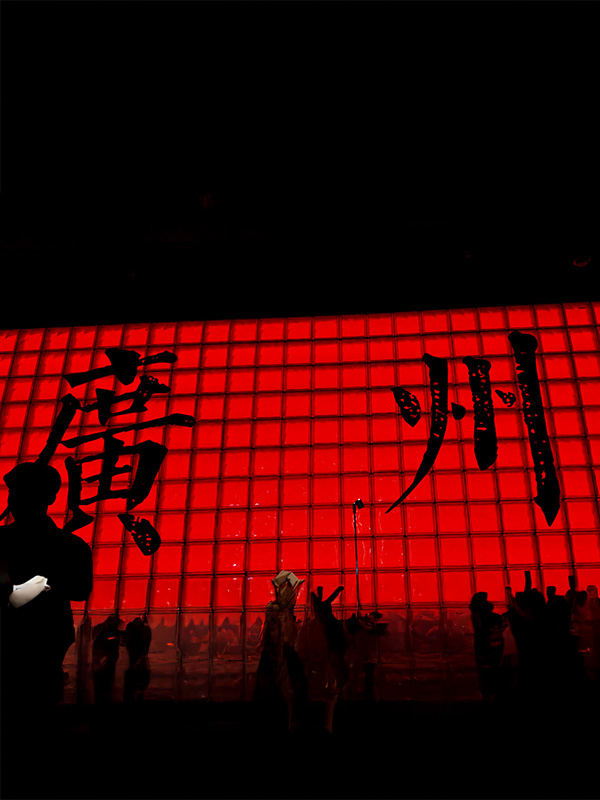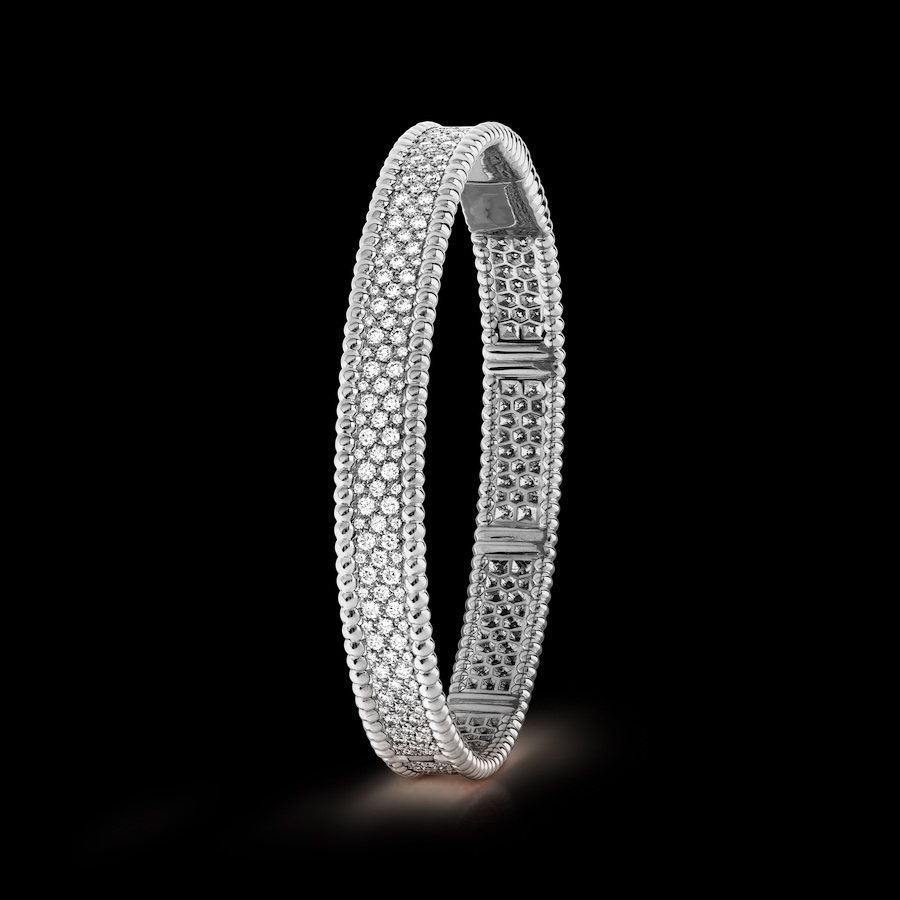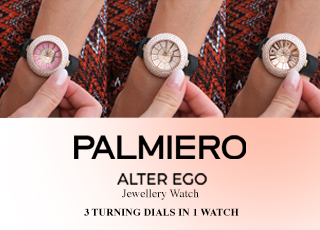Sapphires conjure images of nobility, the sky and deep blue seas. What few people know is that only a fraction of the sapphire family is actually blue. While the countless shades of blue paint the sapphire palette in most people’s minds, the sapphire is in fact a highly versatile and multicoloured gemstone. In its pure form, colourless sapphire is the crystalline form of aluminium oxide. But add certain trace elements and some atomic magic, and a kaleidoscope of colours await. Iron and titanium produce the all-known blues, iron the yellows, chromium the pinks and reds — including ruby, the only uniquely named gemstone amongst the corundum family — and combinations producing a mixture of all colours in between. For this enchanting gemstone, it’s all about the colour.

BUBBLE GUM GEMS
Although historically overshadowed by their blue and red brethren, the market recently saw a shift towards pink, purple, orange and even yellow and green sapphires. Exciting African discoveries in Madagascar and Tanzania have sparked an appreciation for the variety of vibrant and often vivid colours in the sapphire spectrum.

This sentiment is reflected in an improved esteem for the kaleidoscope of colours from traditional sources, such as Sri Lanka and Burma (Myanmar). Interestingly, the difference between pink sapphires and red rubies is only a sliding scale of subjective colour grading, made all the more pertinent by the high price hike from ‘pink’ to ‘red’.

In the case of some yellow, orange, and the near-priceless padparadscha varieties, however, buyers need to be aware of treatments with beryllium that can impart a false surface colour. So the singular rule of gem-buying remains: for important gems at a certain level, always insist on a report from a respected gemmology laboratory to ensure a natural colour and a gem deserving of the price tag.

TRUE BLUE
The only sapphire to be known simply as ‘sapphire’, with no colour qualifier necessary, is the beautiful blue gem with ancient associations and a powerful history. Worn for centuries by kings and bishops, princes and priests, it has represented romance, rulers and even religion.

Certain origins hold particular value for sapphires, the most exclusive being Kashmir, a remote deposit discovered through a landslide in the 1880s. Short-lived but world famous for its soft velvety but electric blue gems, Kashmir is often considered king of (blue) sapphires.

Also in the upper echelons is Myanmar, an older deposit primarily associated with rubies, but also with ‘royal blue’ sapphires. The most ancient source for sapphires, Sri Lanka, is responsible for myriad colours, including lighter cornflower blues and the darker tones of the royal engagement ring. First worn by Diana Spencer, and then Kate Middleton, this jewel has helped popularise the sapphire more than ever before.

PHENOMENAL GEMS
Two particular varieties of sapphire deserve special mention for displaying special effects, which place them among the collectors’ world as near-miracles of nature — colour-change sapphires and star sapphires. Colour-change exhibits the extraordinary property of changing colour depending on the light source. The more blue the incident light, usually the more blue the sapphire, but the richer in red wavelengths, the more purple the gem in appearance.

In the case of star stones, which seem to host a six-rayed star floating over their curved surface, this effect is produced by hoards of fine iridescent needle-like inclusions which scatter light and produce the effect of asterism. These are the actual stars and true chameleons of the sapphire pantheon.

PIGEON’S BLOOD
Known in Sanskrit as the ‘King of Gems’ and ‘Leader of Precious Stones’, the red variety of corundum rivals all other sapphires, and indeed all other gemstones, in terms of rarity and value. Coloured red by minute traces of chromium, ruby was only finally linked to its blue brother in the late 18th century, a late breakthrough in terms of gemmology.

The rarest, most sought after of all rubies display the desirable ‘pigeon blood’ red: a special and spectacular vivid, glowing red, and today a quality call chased throughout the trade. Only the finest, rarest, untreated red gems have the right to this moniker, which places them in the echelons of true natural treasures. Burmese rubies in particular dominate headlines, realising all the world records and, at times, making millions. The ruby’s unparalleled price-point lies in its beauty and scarcity, particularly in terms of size and quality, a concept long appreciated.

LOTUS BLOSSOM
To some experts and collectors, the most charming and enchanting of the corundum clan is the little seen ‘padparadscha’ sapphire, an unusual and almost indefinable pale pinkish-orange gem. Named after the ‘lotus blossom’ in Singalese, the padparadscha is variously described as the colour of sunset, papaya, saffron, or even salmon.

Such an unusual and gentle cocktail of colour is considered rare, romantic, incredibly expensive, and delicate in both appearance and terminology. While it may be the most difficult to define and trickiest to track down, a true padparadscha is one of the most precious gems in today’s market.
Image opener: Diamond and violet sapphire earrings, TENZO


